Comment Press
One of the presenters at this week’s Digital Humanities event mentioned a WordPress plugin, “Comment Press.” Comment Press makes it possible for your community to comment on posts, not just as a whole but paragraph-by-paragraph.
A few warnings. We have comments turned off site-wide for pages (not posts), so you’ll need to make one additional configuration, and be sure to make all the material you want to be commented on posts. Then you’ll need to go into Settings::CommentPressCore and set the table of contents to Posts.

A picture is worth a thousand words, so here are a few screen captures that demonstrate what it does. I’ve taken a well-known text and published it on a post, allowing comments. Here’s what it looks like:

You’ll see the paragraphs are numbered, and in the right margin a listing of paragraphs and comment counts. Click on one, and it scrolls to that paragraph, highlights it in red, and gives you a box where you can enter your comment.
Other readers will see something like this:
As new comments are posted, the original author is notified by e-mail.
The demonstration is here, please take a look around and add your comments.
To use it, find it in your Plugins screen and activate it. It’s more than a plugin, and probably more of a framework. It takes over the look-and-feel of your site completely, overriding your theme settings. So only activate it for a blog that will be solely dedicated to text discussions. It does offer some customization of colors and banners, but not much more.
If you need a new blog set up for this purpose, just ask!
Annotum Base
When you activate the Annotum Base theme, you’re no longer working with posts, you’re working with articles.
Warning
 If you’re not able to edit the body of the article, go into your Users::Your Profile section and check “Disable the visual editor when writing.” You’ll also have to explicitly tag all your paragraphs, which can be a headache.
If you’re not able to edit the body of the article, go into your Users::Your Profile section and check “Disable the visual editor when writing.” You’ll also have to explicitly tag all your paragraphs, which can be a headache.
The article editor screen adds pieces of meta data to your writing. Besides the usual comments, tags and categories, there are abstracts and subtitles.
And Reviewers, Co-Authors, References, Funding Statements, Acknowledgements, Appendices, Internal Comments, Reviews, and an Audit Log.
At the right time, you can submit the article for review, at which point an email goes out. You can add reviewers, each of which gets an e-mail notification. NB: Reviewers need to be added to the list of users on the blog!
A reviewer can then log in separately, and add suggestions and recommendations. 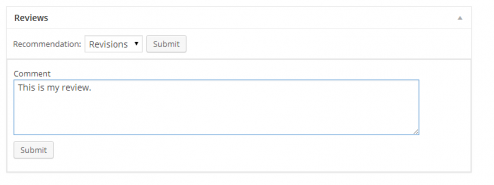
And when everything is in order, publish it.
Another Quirk
Go to Settings::Permalinks. You have to use the Default setting.
Conclusion
Both of these of very specialized tools, with more than a few quirks. Especially in Annotum, the learning curve is fairly steep and prone to trial-and-error. But they impose sensible workflow solutions and organize information in a way that a standard theme or plug-in does not.
But if these are tasks you want to do regularly, these won’t be the hardest-to-learn tools you’ve ever encountered.


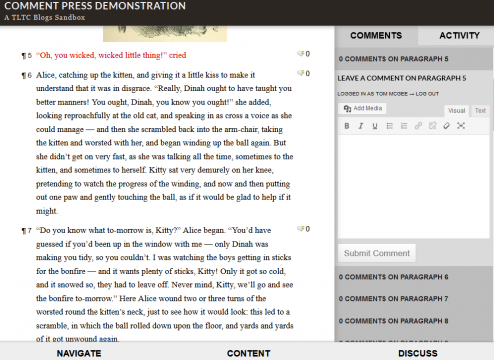
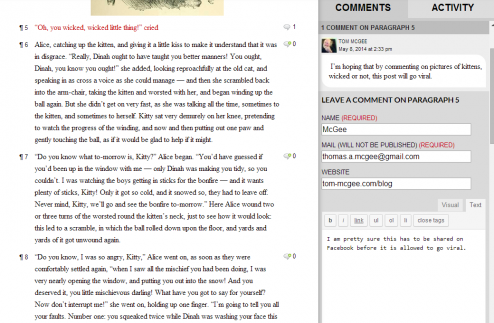

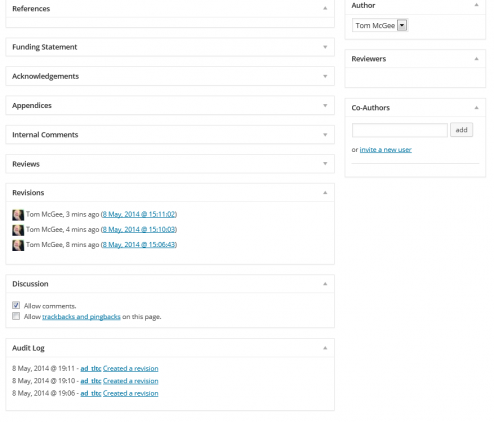
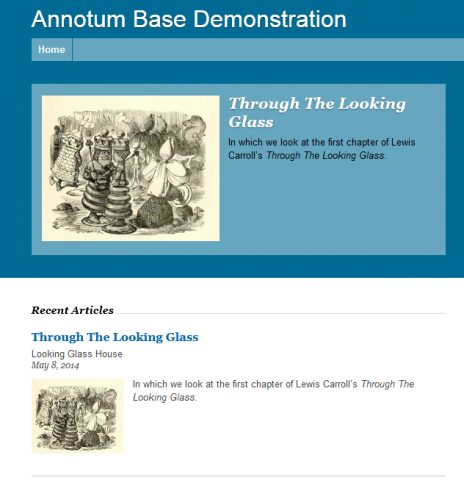

Having used WordPress for a while now, these are good tips. I usually try and stay away from a myriad of plugins, but some are certainly useful. Good choice of theme too, simple and clean. Good post, have bookmarked.
I presume the comment post plugin orients itself at the “” and “” structures in HTML? On the other hand, the WP editor has features that sometime replaces the paragraph structure with other “white space” tricks and I found little to actually stop it doing that. And thirdly, I hope this works with Cache plugins, where the commenting function works but I doubt it can integrate with a paragraph-by-paragraph comment scenario. Yet without cache some sites load to slowly and then fall e.g. from in Google which has speed of page load as one ranking factor. Wasn’t aware of Annotum Base, will take a look at it.
Sorry, the paragraph tags were not shown above. It is meant to read “[p]” and “[/p]” where [ is < etc.